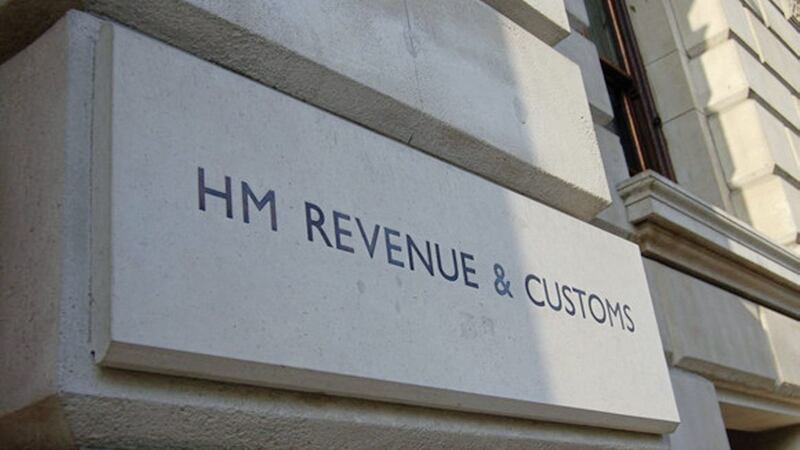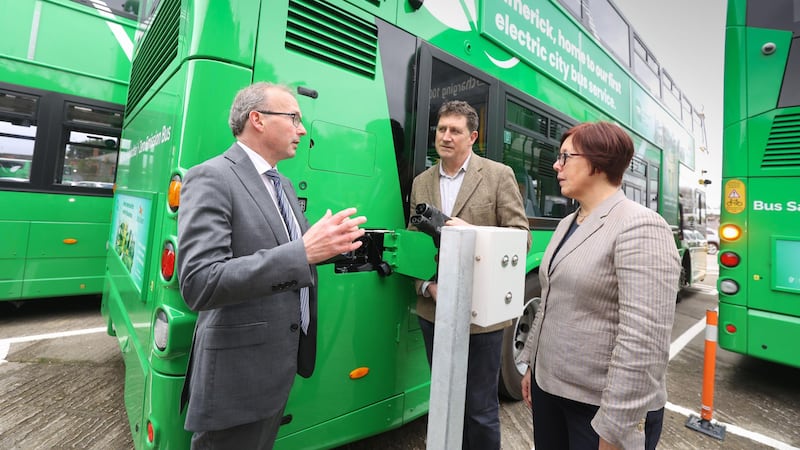QUESTION: I was reading over Christmas that HMRC are embracing technology more and more to risk assess taxpayers and help identify those taxpayers who have undeclared their income. How and why do HMRC open an enquiry into your tax return?
ANSWER: HMRC has spent years and over £100 million on a super-computer designed to identify those who may have paid too little tax. Instead of relying solely on information provided by taxpayers via their returns, HMRC’s powerful 'Connect' system now draws on information from myriad government and corporate sources to create a profile of each taxpayer’s total income. Where this varies from the information provided by the taxpayer, the account is flagged and could be subject to further investigation.
The Connect system’s data-hoarding does not stop at the income people have received from work and investment. Connect broadly deals with information spontaneously available in government departments or as part of the digital footprint that people leave when they use the internet.
The enquiry selection process is underpinned by risk. HMRC risk assesses individual tax returns, it risk assesses business sectors and it even risk assesses geographical areas of the UK. The objective of the risk assessment is to determine whether there is a potential loss of tax or VAT which needs to be investigated further.
As well as the Connect system, HMRC also receives letters, emails and telephone calls from people who suspect somebody else is not declaring all of their income. It is not unusual for jilted wives or husbands, jealous neighbours or disgruntled former employees to contact HMRC with stories of undeclared income. Whether true or not, all of these reports are entered into Connect and become part of the risk assessment process.
It can also access Land Registry records to see houses purchased and ensure the correct tax has been paid. From there, further sources enable it to determine if properties are being rented out and whether that income has been declared. It can also determine if someone is likely to be able to afford such properties, or whether they are suspected of having used previously undeclared income or savings.
HMRC has always been suspicious about subcontractors, mainly because of the potential to earn cash but, more recently, due to the level of expenditure claimed against the income declared. In a change of tactic, HMRC approaches firms of accountants who prepare and file large numbers of tax returns for subcontractor clients and asks to review a sample of their work.
HMRC gains anonymised information on all Visa and Mastercard transactions, enabling it to identify areas of likely underpayments which it can then target further, seeking details of individuals’ transactions where necessary.
HMRC has been tasked by the government to collect more revenue from taxpayers and it is clear they are using technology and all the data available to them to identify those taxpayers whose tax returns do not agree with HMRC’s internal information.
Feargal McCormack (f.mccormack@pkffpm.com) is managing partner of PKF-FPM (www.pkffpm. com). The advice in this column is specific to the facts surrounding the question posed. Neither The Irish News nor the contributors accept liability for any direct or indirect loss arising reliance placed on replies.








